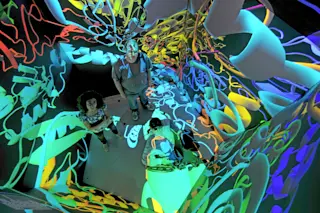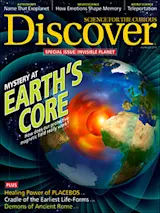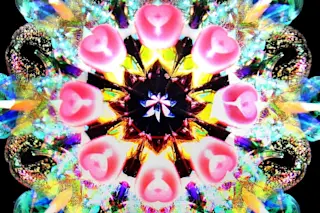One winter evening in the early 1860s, German chemist August Kekulé dozed off while sitting before a fire, falling into a remarkably vivid dream. Atoms formed themselves into undulating strings that morphed into a snake eating its own tail. Kekulé contended that this intense imagery helped him solve the mystery of benzene’s ringlike structure, a discovery that is considered a foundation of modern chemistry.
Nearly 100 years later, research teams on both sides of the Atlantic were vying to be the first to decipher the structure of DNA, the genetic material that is the basic molecule of life. In the United States, Nobel laureate Linus Pauling found himself up against obscure English physicist Francis Crick and his 20-something American postdoc, James Watson, in Cambridge. The upstart British team had a hidden advantage: crystallographic X-rays of DNA taken by colleague Rosalind Franklin. This chemically enhanced X-ray technique revealed that DNA was ...















